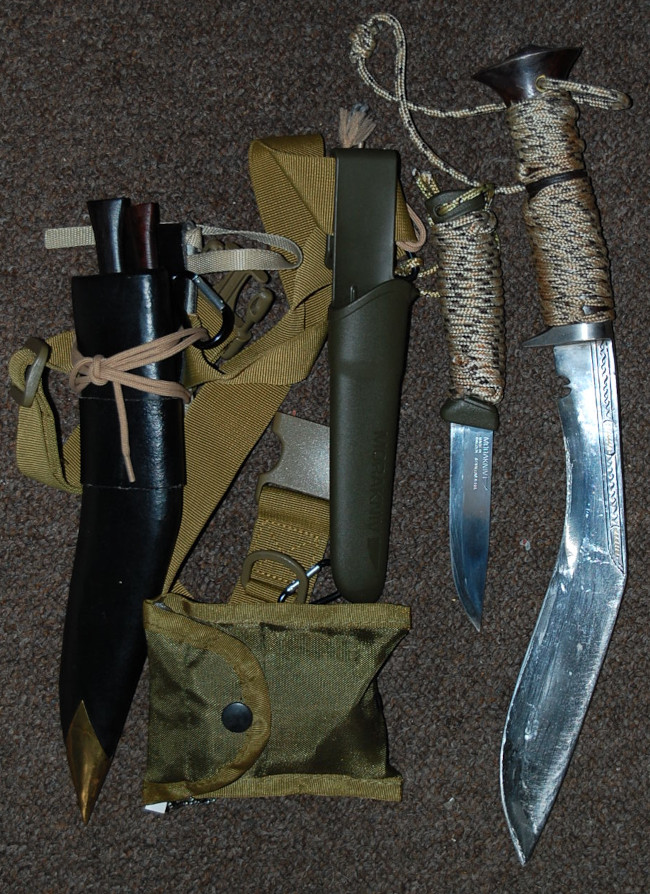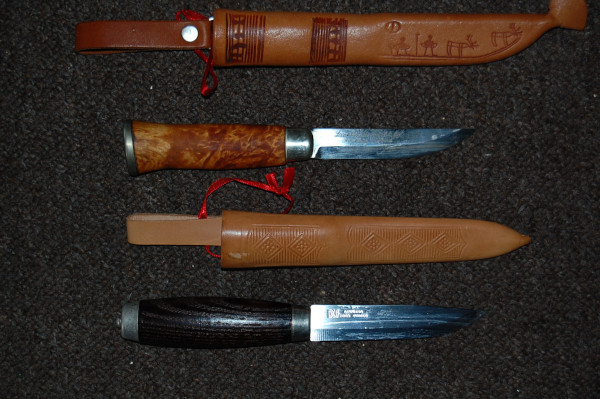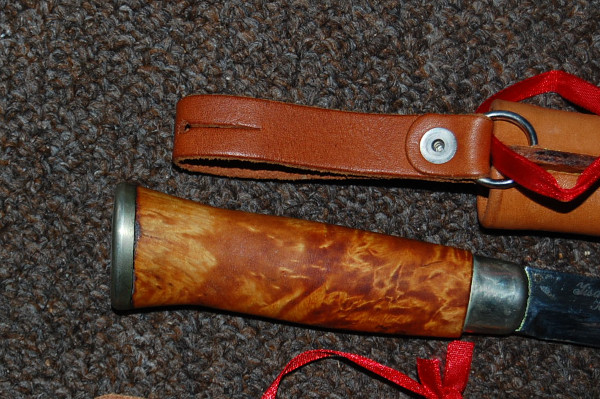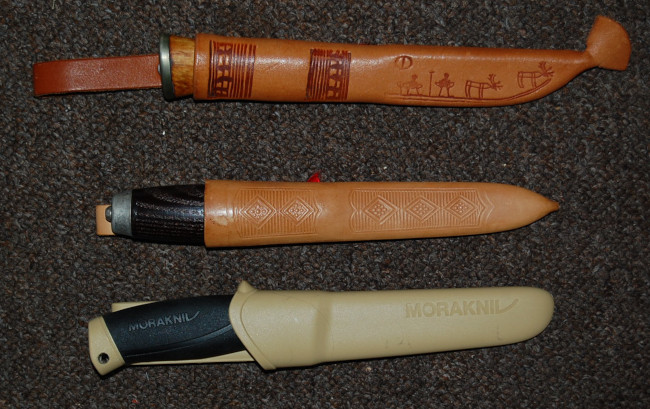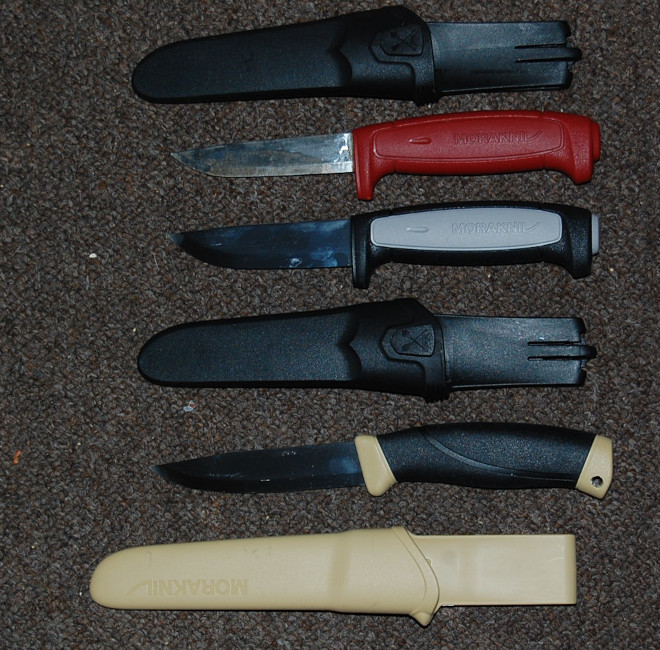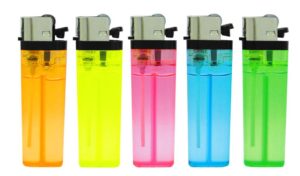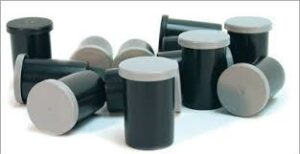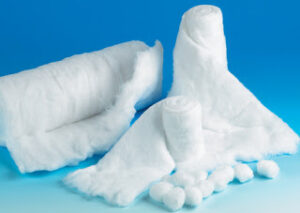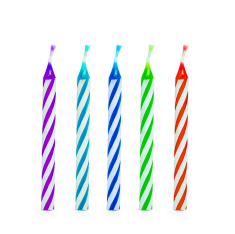Studying load‑out lists is often educational.
Sometimes I pick up a new or improved idea. Other times my jaw drops in amazement!
One example of the latter resulted in my recent series on Bug‑Out Bag recommendations.
Recently I have been reading “SOE Syllabus : Lessons in Ungentlemanly Warfare”. Lots of interesting information on a wide variety of topics.
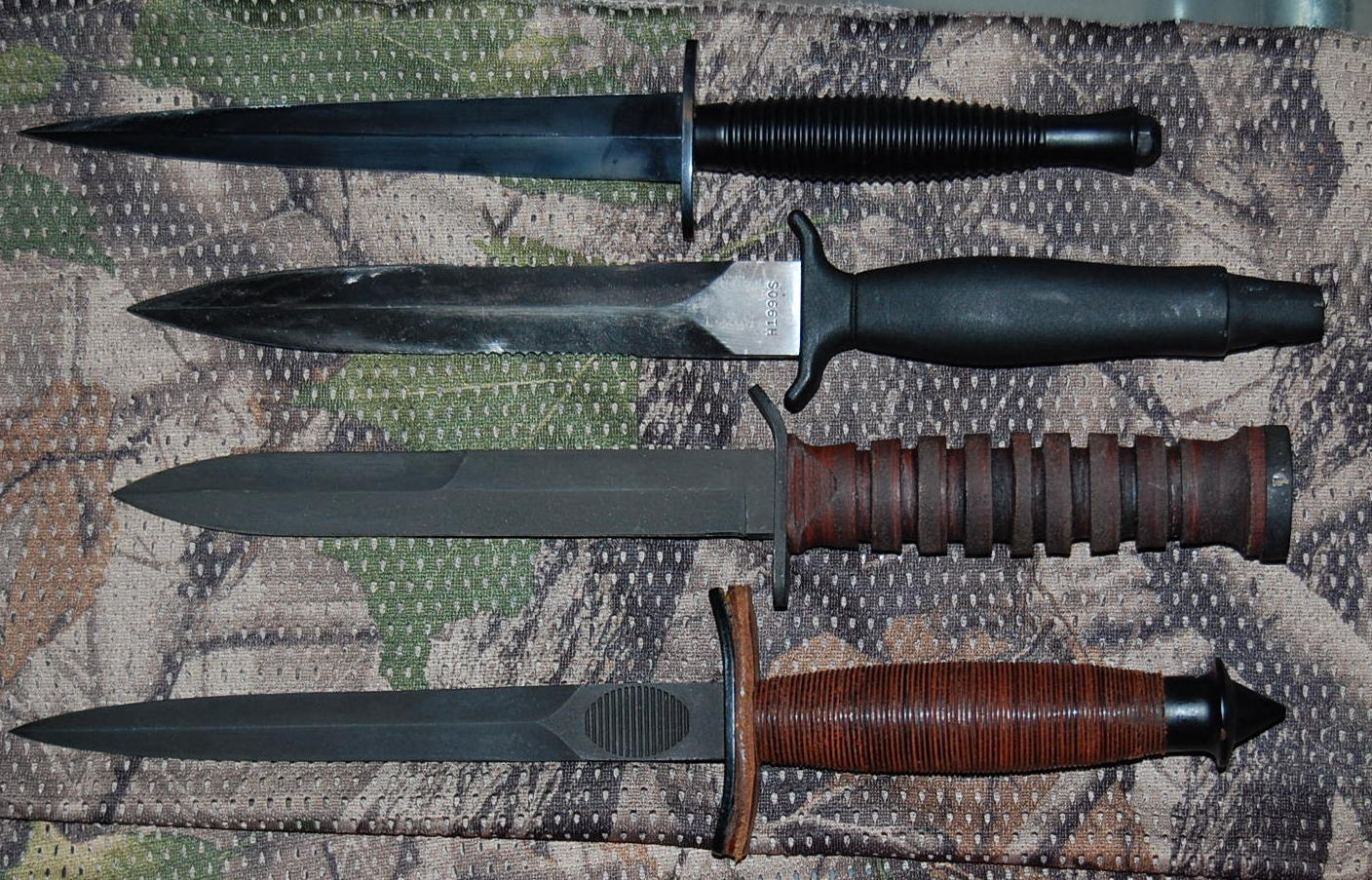
Around page 306, the section on clothing choice is followed by:
“Personal equipment.
Nothing must be carried which is unnecessary. Personal equipment must be cut down to a minimum, and unnecessary objects mean extra bulk, weight, noise and possible loss of security. The following are always useful, and should be carried independent of personal taste or the necessities of the particular operation decided by the recce.
i) A knife, capable of being used either as a utility or offensive weapon. As an offensive weapon the ordinary clasp knife can be improved by sharpening the back of the blade for a short distance below the point.
ii) A match-box, full, because a half-empty box rattles. If there are only a few matches in the box the lower part of the box should be filled out with grass or other material.
iii) Some money – paper when possible – because coins in the pocket are noisy.
iv) A length of at least four yards of stout string. This may be used for any purpose from tieing [sic] up a man to preparing a booby trap or stretching across a path to give warning of a man’s approach.
v) A watch, worn on the wrist, where it will not get crushed when crawling.
vi) A compass, worn on a string round the neck, but carried down the back, where it will not cause discomfort when crawling.
vii) Some first-aid equipment on the lines of the British First Field Dressing.
The length of the operation and the type of ground will decide what type of quantity of food (or water) should be carried.”
One seldom encounters a load‑out list of such brevity, nor of such modest means.
With the exception of the compass, and possibly the knife, most of these recommendations might be considered common household items. No gadgets or gizmos!
The above list nicely compliments that given in my article “Seven Tools of EDC”, even consisting of seven recommendations.
As the first paragraph explains, these items are carried in addition to mission specific items such as small arms, binoculars or explosives.
A later section on night operations recommends adding:
• A small pocket torch with spare battery. The torch may be encased in a section of bicycle tube to avoid noise, or it can be bound with rags.
• Stick encased in old bicycle tube for carefully feeling the ground ahead. The stick may also have a lead-loaded head as a weapon of silent offence.
• Watch and compass to have luminous dials. The watch is best worn on the wrist, with face against the skin instead of outwards. Compass worn as recommended above.
• Cough lozenges to prevent coughing.
Observations
i) A Swiss Army Knife is my usual EDC choice. SOE operatives might have a more serious and urgent need for their blades, so a more substantial folder was likely.
Other publications make it clear a dagger was likely to be carried for more deliberate operations.
Given the option, I would add at least one fixed blade knife to an outfit.
ii) In a modern context, carry a butane lighter, as recommended elsewhere in this blog.
Grass, thistle down or similar used to prevent matches rattling should be completely dry.
iii) Money is a useful tool. Look into ways in which coins (or keys) can be carried to minimize noise. If nothing else, stack them and wrap in duct tape.
iv) Four yards of stout string is the minimum. Elsewhere, the book notes several strings may be tied together to create guide‑ or contact‑lines.
A greater variety of cordage may be carried with very little additional encumbrance. For example, a pair of two metre lengths of paracord or bootlace, a three span length of braided fishing line, a two span length of comms‑cord, roll of dental floss and some cotton string easily may be distributed across your trouser pockets.
The cotton string may be used as tinder and for applications where biodegradable cordage is more appropriate.
v) The next section of the book stresses the necessity of timing and coordination, hence the emphasis on the watch.
Included in that topic is allowing adequate and realistic travel times and allowing time for unexpected occurrences.
A watch that may easily be synchronized with others may be most useful.
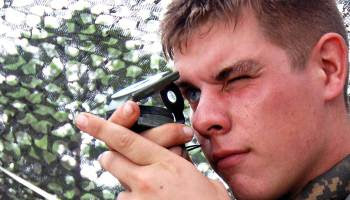
vi) While very small compasses have their uses (I am seldom without my Suunto Clipper), a larger compass that is easier to read should be carried if you are out of town. These may often be found for less cost than some button compasses.
Adding a whistle to a compass neck cord is a good idea.
vii) You should have some medical items for minor boo-boos. Aspirin, plasters and alcohol wipes meet most needs.
The SOE expected to be shot at, so a couple of field dressings was prudent.
If there are guns, bows or large tools about, have the means to deal with any injuries, such as a few “Israeli Dressings”.
